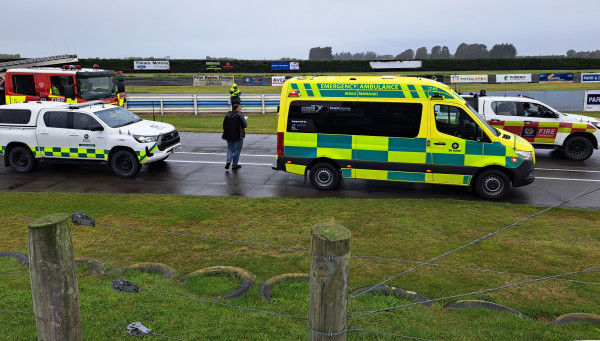Emergency service agencies descended on Levels Raceway in South Canterbury recently to put New Zealand’s

The exercise provided a critical opportunity for emergency services to test how the new radio network will perform in real-world, multi-agency scenarios.
Police, Fire and Emergency New Zealand (FENZ), and Hato Hone St John were all involved in the three-day testing programme.
The Raceway provided a private, controlled environment to simulate how agencies would communicate during joint responses using their respective LMR network radios.
A key feature of the new LMR network is the ability to communicate between emergency responders. It is the first time the agencies have come together to test the new equipment.
“As we see when there’s a real emergency, often Police, Fire and Emergency, Hato Hone St John or Wellington Free Ambulance will all attend the scene. We needed to make sure that they could all operate beside each other with their new equipment without interference,” Next Generation Critical Communication (NGCC) Programme Test Manager, Mark Donkin, says.
Testing was done on radios in close proximity, vehicle-to-vehicle and person-to-person and showed that users could operate on their own channels side by side without any disruption.
In-vehicle repeaters (IVRs), which act as mobile relays for radios in hard-to-reach areas where there is no direct line to a network tower, were also tested.
Resilience and capacity on the network were also tested during the three-day event with some networks deliberately taken offline and others maxed out at full user capacity.
While no new technical issues were discovered, the exercise gave agencies confidence in the system and each other while also providing clarity about how to respond if things go wrong.
“This wasn’t just about ticking boxes,” Mark says.
“It was about making sure our emergency services can work together with the same tools and shared understanding of the radio network.”
